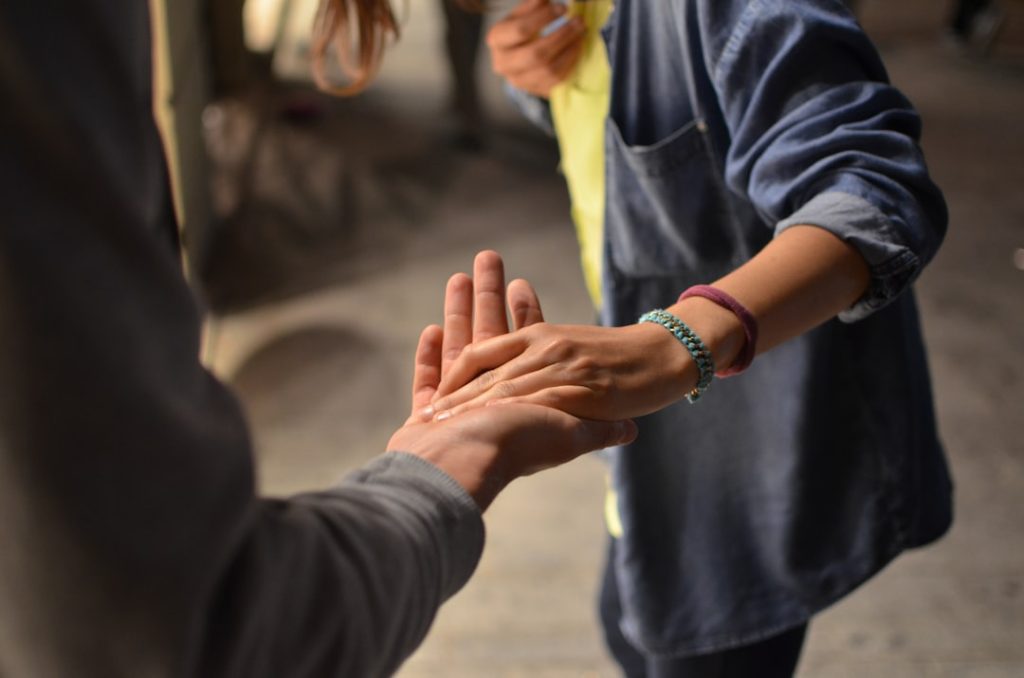Generosity, often defined as the willingness to give more than is strictly necessary or expected, plays a crucial role in addressing the multifaceted issue of poverty. Poverty, characterized by a lack of financial resources, access to basic needs, and opportunities for advancement, affects millions of individuals worldwide. The relationship between generosity and poverty is complex; while poverty can inhibit the capacity for generosity, acts of kindness and support can significantly alleviate the burdens faced by those in need.
Understanding this dynamic is essential for developing effective strategies to combat poverty and foster a more equitable society. The concept of generosity transcends mere financial contributions. It encompasses time, resources, and emotional support, all of which can create a ripple effect in communities grappling with poverty.
Generosity can manifest in various forms, from charitable donations and volunteer work to community-building initiatives that empower individuals. By examining the interplay between generosity and poverty, we can uncover pathways to not only alleviate immediate suffering but also promote long-term resilience and self-sufficiency among those affected by economic hardship.
Key Takeaways
- Generosity plays a crucial role in alleviating poverty by providing support and resources to individuals and communities in need.
- Poverty has a significant impact on individuals and communities, leading to various challenges such as limited access to education, healthcare, and basic necessities.
- Generosity initiatives and programs, such as food banks, community outreach programs, and microfinance initiatives, have been effective in addressing poverty and its effects.
- Cultivating generosity can lead to psychological and social benefits, such as increased happiness, a sense of purpose, and stronger community bonds.
- While generosity can have long-term effects on poverty by addressing root causes and providing sustainable solutions, there are also challenges and limitations to consider, such as unequal distribution of resources and systemic issues.
The Impact of Poverty on Individuals and Communities
The Immediate Effects on Individuals
The effects of poverty on individuals are often immediate and tangible. Lack of access to nutritious food, safe housing, and quality healthcare can result in poor physical and mental health outcomes.
The Long-term Consequences for Children
Children growing up in impoverished environments may experience developmental delays, lower educational attainment, and diminished opportunities for upward mobility. The stress associated with financial insecurity can also lead to mental health issues such as anxiety and depression, further complicating the ability to escape poverty.
The Broader Societal Implications
Communities affected by poverty face systemic challenges that hinder collective progress. High rates of unemployment and underemployment can lead to increased crime rates, social unrest, and a breakdown of social cohesion. The broader societal implications are significant; poverty not only affects those who experience it directly but also places a strain on public resources and social services.
The Role of Generosity in Alleviating Poverty

Generosity serves as a powerful antidote to the challenges posed by poverty. When individuals and organizations engage in acts of giving—whether through financial donations, volunteering time, or providing mentorship—they contribute to a safety net that can help lift others out of difficult circumstances. Generosity fosters a sense of community and belonging, which is particularly vital for those experiencing isolation due to economic hardship.
By creating networks of support, generous actions can empower individuals to seek opportunities for growth and development. Moreover, generosity can catalyze systemic change by addressing the root causes of poverty. Initiatives that focus on education, job training, and access to healthcare not only provide immediate relief but also equip individuals with the skills necessary for long-term success.
For instance, organizations that offer scholarships or vocational training programs enable participants to gain qualifications that enhance their employability. This approach not only benefits the individuals involved but also contributes to the overall economic health of communities by fostering a more skilled workforce.
Examples of Generosity Initiatives and Programs
Numerous initiatives around the world exemplify how generosity can effectively combat poverty. One notable example is the “Give Directly” program, which provides unconditional cash transfers to low-income families in developing countries. By allowing recipients to decide how best to use the funds, this initiative empowers individuals to address their unique needs—whether that means investing in education, starting a small business, or improving their living conditions.
Research has shown that cash transfers can lead to significant improvements in recipients’ well-being, demonstrating the effectiveness of direct generosity. Another impactful program is “Kiva,” which facilitates microloans for entrepreneurs in impoverished regions. By connecting lenders with borrowers through an online platform, Kiva enables individuals to support small businesses that may otherwise struggle to secure traditional financing.
This model not only provides immediate financial assistance but also fosters a sense of global community and interconnectedness among lenders and borrowers. The repayment rates for Kiva loans are remarkably high, illustrating the potential for generosity to create sustainable economic opportunities.
The Psychological and Social Benefits of Generosity
Engaging in acts of generosity yields psychological benefits for both givers and receivers. For those who give, the act of helping others can lead to increased feelings of happiness and fulfillment. Research has shown that altruistic behavior activates brain regions associated with pleasure and reward, creating a positive feedback loop that encourages further acts of kindness.
This phenomenon is often referred to as the “helper’s high,” where individuals experience enhanced well-being as a result of their generosity. On a social level, generosity fosters stronger community ties and social cohesion. When individuals come together to support one another, they create networks of trust and collaboration that can be instrumental in addressing shared challenges such as poverty.
These connections can lead to increased civic engagement and collective action, empowering communities to advocate for systemic changes that address the root causes of economic inequality. In this way, generosity not only alleviates immediate suffering but also contributes to building resilient communities capable of overcoming adversity.
The Long-Term Effects of Generosity on Poverty

Empowering Education
Generous donations can fund educational initiatives, leading to improved literacy rates and higher graduation rates among students from low-income backgrounds. As these individuals gain access to better job opportunities, they are more likely to break the cycle of poverty for themselves and their families.
Investing in Community Infrastructure
Generous investments in community infrastructure, such as affordable housing projects or healthcare facilities, can have lasting impacts on overall community well-being. These initiatives not only address immediate needs but also contribute to long-term economic stability by creating jobs and improving quality of life.
Transforming Communities
Over time, such investments can lead to reduced reliance on social services and increased self-sufficiency among community members, ultimately transforming the landscape of poverty within those areas.
Challenges and Limitations of Generosity in Combating Poverty
Despite its potential benefits, generosity alone cannot fully address the complexities of poverty. One significant challenge is the risk of creating dependency on charitable assistance rather than fostering self-sufficiency. While immediate aid is crucial during crises, it is essential that generosity is coupled with strategies that empower individuals to become economically independent over time.
Without this balance, there is a danger that acts of kindness may inadvertently perpetuate cycles of reliance rather than promote sustainable change. Additionally, systemic issues such as inequality and discrimination must be addressed alongside acts of generosity. Charitable initiatives may provide temporary relief but do not always tackle the underlying structures that contribute to poverty.
For example, without addressing issues like wage stagnation or lack of access to quality education, even the most generous programs may fall short in creating lasting change. Therefore, it is vital for generous actions to be part of a broader strategy that includes advocacy for policy changes aimed at dismantling systemic barriers.
How Individuals and Communities Can Cultivate Generosity to Combat Poverty
Cultivating a culture of generosity within individuals and communities requires intentional effort and commitment. One effective approach is through education and awareness-raising initiatives that highlight the importance of giving back. Schools, community organizations, and local governments can play a pivotal role in promoting volunteerism and philanthropy as core values within society.
By encouraging individuals to engage in acts of kindness—whether through donating time or resources—communities can foster an environment where generosity becomes a shared norm. Moreover, creating platforms for collaboration among various stakeholders can amplify the impact of generous actions. Local businesses, non-profits, and government agencies can work together to identify needs within their communities and develop targeted initiatives that address those needs effectively.
For instance, partnerships between schools and local businesses can lead to mentorship programs that provide students with valuable skills while fostering connections between generations. By harnessing collective resources and expertise, communities can create sustainable solutions that combat poverty while nurturing a spirit of generosity among their members. In conclusion, while challenges exist in combating poverty through generosity alone, fostering a culture of giving can significantly contribute to alleviating its effects on individuals and communities alike.
Through intentional efforts at both individual and collective levels, society can work towards creating a more equitable future where everyone has the opportunity to thrive.


